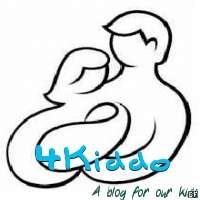Expert Answers
Elaine McEwan-Adkins, educational consultant
Most children will learn to read between kindergarten and 2nd grade, but only when someone — a teacher, parent, grandparent, or older friend — teaches them how to do it.
Even if you begin reading aloud to your baby during pregnancy and don't miss a day from birth to age 5, your child will still need to learn how to decode the printed page. The majority of children will pass through several important stages on their way to becoming good readers — that is, able to gain meaning and understanding from the printed page.
You should monitor your child's passage through these various stages to make sure he's on schedule. Most preschoolers are in the prereading stage. Readers in this stage of development should be able to repeat materials that have been read to them over and over, particularly if the books are predictable and contain lots of rhyming words. Although children at this stage are not really reading in the sense of identifying words on the page, they do engage in "pretend reading" because they understand that books have meaning. They also know that groups of letters written on a page stand for words.
Once your child is in kindergarten, he should learn to hear the differences between the various sounds that letters make. This ability is an important prerequisite to learning to read, and without it, even the best phonics instruction can fail.
In 1st grade, your child should move into the decoding stage, where children begin to associate letters with sounds and spoken words with printed ones. Because children at this stage are still in the process of learning to sound out words, they are able to read only a fraction of the words whose meanings they can understand orally. As your child becomes less and less dependent on having to painstakingly sound out each word, he will be able to focus more of his attention on the meaning of what he has read and can begin to tackle increasingly difficult books on his own.
Learning to read
Subscribe to:
Post Comments (Atom)








0 comments:
Post a Comment